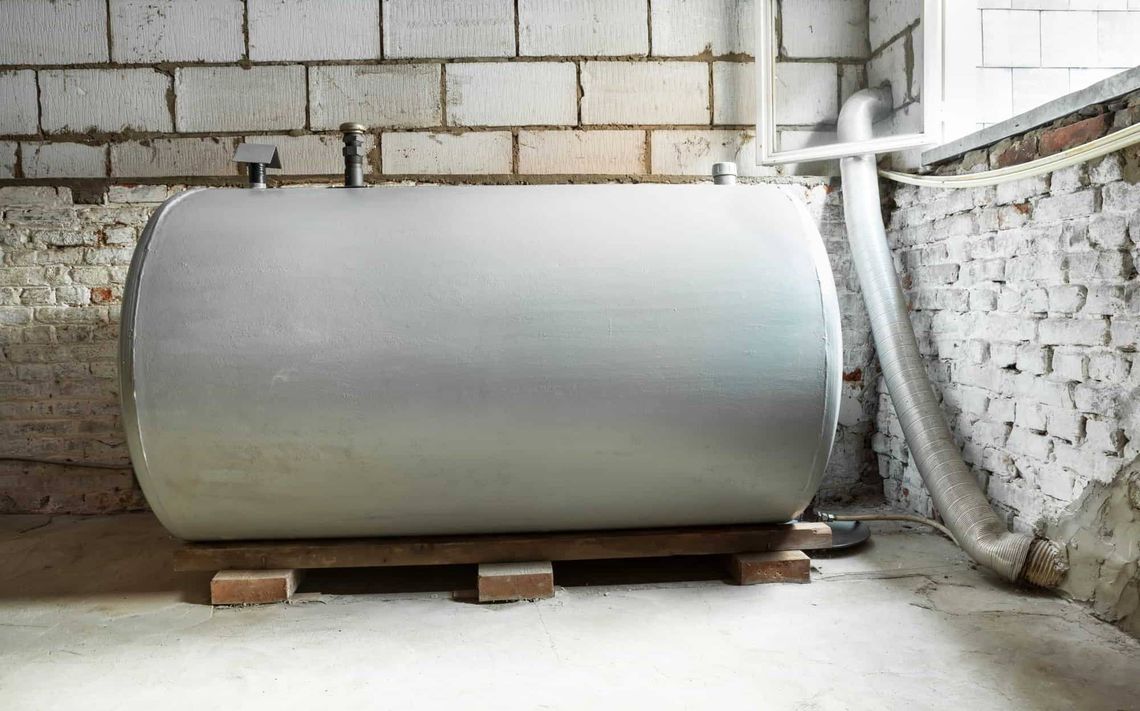Many industries need to store liquids like gas, water, and oil in tanks. It's vital to keep these tanks clean and high-functioning.
Replacements of these tanks can be incredibly costly and could even hurt your reputation. Moreover, the American Petroleum Institute (API) 653 undergoes regular inspections of tanks to evaluate the corrosion rates.
There are plenty of reasons for oil tank cleaning. But it's not an easy or safe job. This guide from liquid waste removal for Winnipeg folks explains what to be cautious about with tank cleaning.
When Do You Clean a Storage Tank?
The first step to tank cleaning properly is to know when you should clean your tank.
When you have an internal inspection, you must remove your tank from service, clean it properly, and prepare it for the inspector to enter the tanks.
Cleaning is necessary when you change the product in the tank. For example, if you switch from an unrefined to a refined product, you need to remove all the impurities and residue.
When you experience tank issues (mechanical failures, for example), you will need to empty your tank. One of the main goals of tank cleaning is to make it safe for whoever will enter the tank after you.
How Do You Clean a Storage Tank?
Tank cleaning typically involves removing all the sediment, rust, and debris. The process usually begins by draining the product out of the tank. This means that you need to remove the product before the cleaning process.
Then, you (or a tank cleaning company) should follow these steps on how to clean an oil tank:
- Lockout all the electrical connections and mechanical equipment.
- Isolate the tank from the system.
- Remove the product from the tank with a vacuum or a pump.
- Vent the tank and free the gas to get rid of dangerous vapours.
- To clean the tank interior, make a confined space entry.
- Remove any final product puddles using a vacuum.
- Powerwash the walls, floors, and sides of the tank.
- Check the floating roof and the roof pontoons and clean them if necessary.
- Check the seals of the tank roof for any vapour or leftover product.
- Conduct a final inspection for cleanliness and the presence of vapours.
- Finally, it's best always to install a new filter - simple but often forgotten.
This is quite an elaborate process where many things can go wrong. That's why we've listed the common issues in tank cleaning safety.
What Can Go Wrong With Tank Cleaning?
Various things can go wrong with tank cleaning.
Firstly, not all contaminants are removed. It's best to get steam-cleaning done professionally to ensure cleanliness.
Secondly, not filtering the fuel before putting it back into a tank can cause old issues to arise.
Thirdly, unknown conditions of the tank make it challenging to plan cleaning.
Fourthly, petroleum tanks are flammable and present a toxic hazard, so ensure there are no hazards before entering the tank.
Lastly, weather conditions can affect tank safety, especially extreme heat or lightning. So, always wear the appropriate protective equipment to protect yourself from any unforeseen hazards.
Professional Cleaning in Winnipeg
It's not easy to perform tank cleaning. If you don't plan ahead or ask for the right help, many issues can arise during the process. It is recommended that you contact a professional for any tank cleaning or liquid waste removal in Winnipeg. At A1 Environmental, we offer quality services at fair rates. Contact us today for more information.


